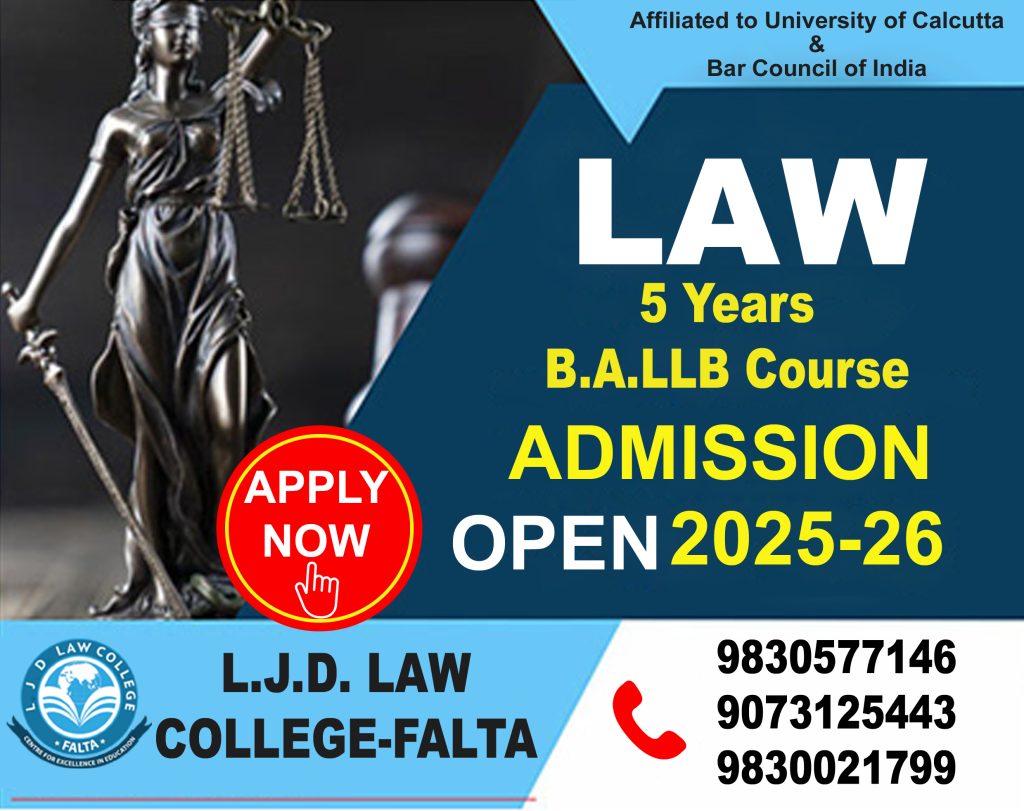Assignment of Classrooms
The Facilities Resources , including instructional space/class room, approved size will be used at the college campus dedicatedly for the respective courses as per norm of the respective University/Affiliating authority
General Purpose Classrooms
The general purpose classrooms. Assign for any academic course, may be scheduled in a general purpose classroom, with specific scheduling requirements classrooms have been equipped with advanced multimedia and information technology equipment along with the general requirements of a class room like black board/white board .Where the instructor/faculty requires technology to support the delivery of instruction apply to each room with installed technology
Video Conferencing Classrooms
These rooms are available for scheduling any course offered by any academic department that requires the use of video conferencing on a regular basis. Because of the special nature of these rooms, certain restrictions apply. Instructor training is required and can be arranged.
SEMINAR/TUTORIAL CLASS ROOM
This class of techniques covers a wide range of activities designed to promote discussion between a teacher and a group of students, or within a group of learners.
Class discussions generally take the form of a controlled discussion in which the teacher is at all times firmly in control of the situation, either allowing the class to ask questions and controlling the way in which these are discussed, or else guiding the class through a structured discussion of some sort by asking carefully-chosen questions, providing appropriate prompts, and so on. Such discussions can be used in a variety of contexts, e.g. as a follow-up to an expository session such as a lecture or the viewing of a film or video, as a class revision session, as a debriefing session for a game, simulation or participative case study, or as a teaching method in their own right.
Seminars can take a number of forms, and are generally run on somewhat less-restricted lines than class discussions, with the group members themselves having much more control over the course and content of the discussion. One common method of running a seminar is to base it on an essay, paper or prepared talk presented by one of the students in the group, with the group then discussing the presentation in depth. Another method is to run the seminar as a free group discussion of a particular topic, the group either being given broad guidelines on how the discussion should proceed or being left to decide this for themselves. Another variation of the seminar approach is the fishbowl technique. Here, half the members of the class involved sit in an inner circle and conduct a discussion while the remainder sit in an outer circle and act as non-participating observers; both sections of the group then combine for a general discussion of what occurred. Yet another approach to the organization of a seminar is brainstorming. This involves group members in spontaneously noting down or suggesting a range of possible solutions to a problem or question posed by the teacher.
Group tutorials can also take a variety of forms. One common form is the working tutorial, in which the class (or a section thereof) tackle course-related tasks set by the teacher or tutor, obtaining help or guidance if they experience difficulties. Another is the problem-raising tutorial, in which the members have the opportunity to ask their tutor about any matters relating to the course with which they are having problems.




